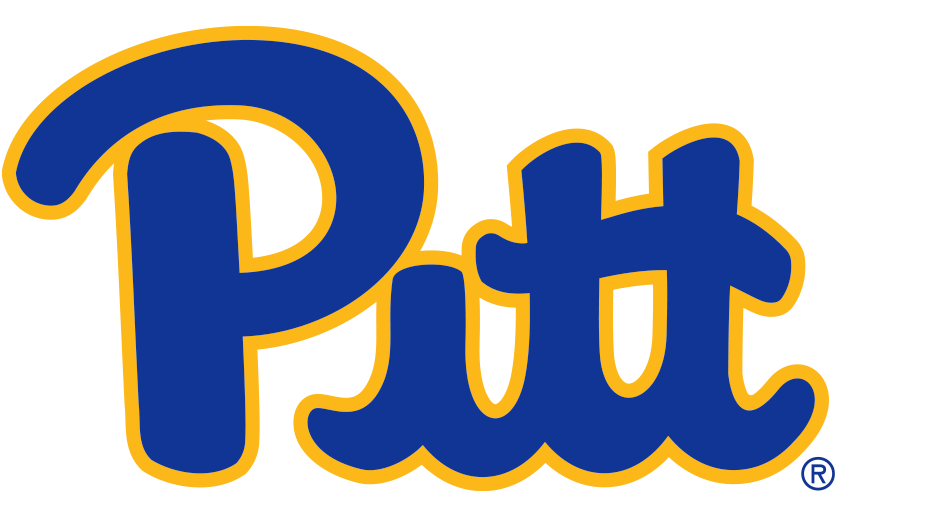This section contains guidance for using our logos, marks and colors. They represent Pitt to the outside world, helping to identify and unify our brand. Because our visual identity represents the University at the very highest level, it's vital to our brand.
Choosing the Right Mark
When it comes to representing the University’s identity, choosing the right logo is essential. Our branding system is composed of three primary marks: the Institutional Mark, the Informal Mark and the Spirit Mark. Each serves a distinct purpose and communicates different facets of the University’s character.
The Institutional Mark represents our official, formal identity, while the Informal Mark provides a more streamlined version for less-formal applications. The Spirit Mark captures the vibrant energy and pride of our community, perfect for athletics and student-focused initiatives. Understanding when and how to use each mark is key to maintaining a consistent and powerful brand presence.
Decision Tree
The Brand Guidelines (PDF) include a decision tree on page 41 that provides guidance on choosing the right mark. Any member of the University community can use the Institutional Mark. This page requires an application to view content, download Acrobat Reader.
Institutional Marks
The Institutional Mark (shield and signature) is the preferred identity for the University of Pittsburgh. The primary horizontal institutional mark is used in most formats, particularly when horizontal space is greater than vertical space. A vertical version, however, is available when there is more vertical space than horizontal and a balanced format is needed.
Horizontal (Primary) & Vertical Orientations

For more information, go to Institutional Mark (shield and signature).
Pitt Script
The Pitt Script is the official Spirit Mark of the University of Pittsburgh athletics teams and a registered mark of the University.

Typography
When it’s used thoughtfully, typography becomes a powerful brand tool that can add visual meaning to what we say. Pitt’s typography communicates clearly and cleanly, with enough flexibility for a wide range of situations.
Color Palettes
Our color palette is made up of three layers: primary, secondary and accent palettes. Communications should lean heavily on the primary palette, but may use the palettes to keep layouts from becoming too stale or one-dimensional.
Nodes
The Pitt Shield, composed of multiple nodes (or small building blocks), is based on the grid at the center of the Pitt shield and serves as a versatile design element.
Frames
Frames are versatile design elements that emphasize and organize content, creating focal points and enhancing layout clarity and cohesion.
Voice & Messaging
"Hail to Pitt" is a traditional fight song and slogan, written by Lester Milton Taylor and George Morrill Kirk in the early 20th century, embodying the pride, tradition, and community spirit of the University of Pittsburgh. "It’s Possible at Pitt" reflects the university's core belief, aimed at engaging students, faculty, staff, and the broader community. "Hail to Possible" serves as a creative platform, unifying this belief into a rallying cry that highlights the opportunities and impact Pitt offers to the world.
University Seal
The University seal is reserved for official institutional documents, such as diplomas and some commencement materials. Any exceptions to this rule must be approved by the Office of University Communications and Marketing.